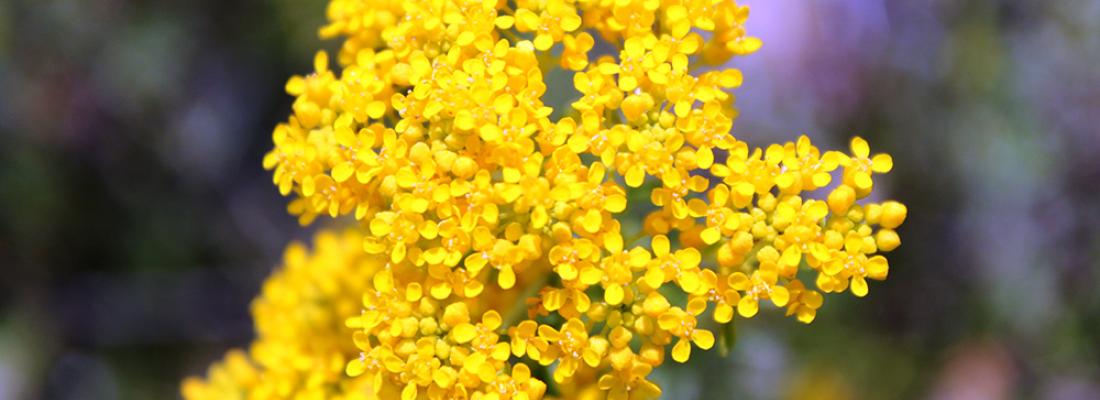Bioeconomy Reading time 3 min
Extracting nickel from plants
Published on 04 May 2020

Nickel, a limited but necessary resource
Nickel is used in over 3,000 alloys, with more than 250,000 applications mainly in aviation equipment and aeronautics. Combined with steel, it is the basis of stainless steel. It is also present in electrodes, batteries and accumulators, and in coins (1 and 2 Euro). The mining industry exploits minerals with a nickel content higher than 1.3%, but the richest deposits have been exhausted. Since the global demand for nickel continues to grow, it is necessary to exploit secondary sources, in other words, deposits with a lower nickel content and industrial or urban waste. This opens the doors for agromining: the practice of extracting nickel from plants.
Optimizing cultivation and extraction procedures
Albania has been the testing ground for the development of nickel agromining. This country has ultramafic soils, which naturally have 100 times more nickel than regular soils and are also rich in iron, cobalt, and magnesium. Here, we can find the plant Alyssum murale, capable of accumulating great quantities of nickel in its aerial organs. The cultivation of this plant has been optimized to produce more than 10 tons of dry matter per hectare, from which up to 150 kg of nickel can be extracted. Cultivation conditions are currently being improved following the principles of agroecology, in rotation with legumes, and using organic amendments (manure, compost).
Once harvested, plants undergo a treatment to extract the nickel. The steps that make up this treatment have also been improved from an energy and environmental point of view (greenhouse gas emissions and carbon storage in soils). The life cycle assessment showed that, from the entire agromining system, the most sensitive phase in terms of environmental and climate impact is the cultivation of the plants.
The agromining process is currently being tested at the scale of the European project Life - Agromine.
The potential of agromining
Ultramafic soils are abundant in Europe, covering more than 10,000 km2. They can also be found in tropical regions such as Cuba, New Caledonia, or Indonesia. Nickel-extraction gives value to these soils, which are not fertile enough for traditional agriculture.
In France, ultramafic soils are not very common. There are almost 1,000 km2 in Corsica and smaller areas in the Vosges region. Nickel-extraction seeks to add value to soils that have been contaminated by industrial activities, killing two birds with one stone: remediating soils and producing nickel. A sizable project was financed in 2012 by the Region of Lorraine (Lorver Project) to boost “neglected” areas: wastelands, contaminated soils, sludges, waste etc. As a result, industrial wastelands can stop being a being a burden and become an actual resource.
